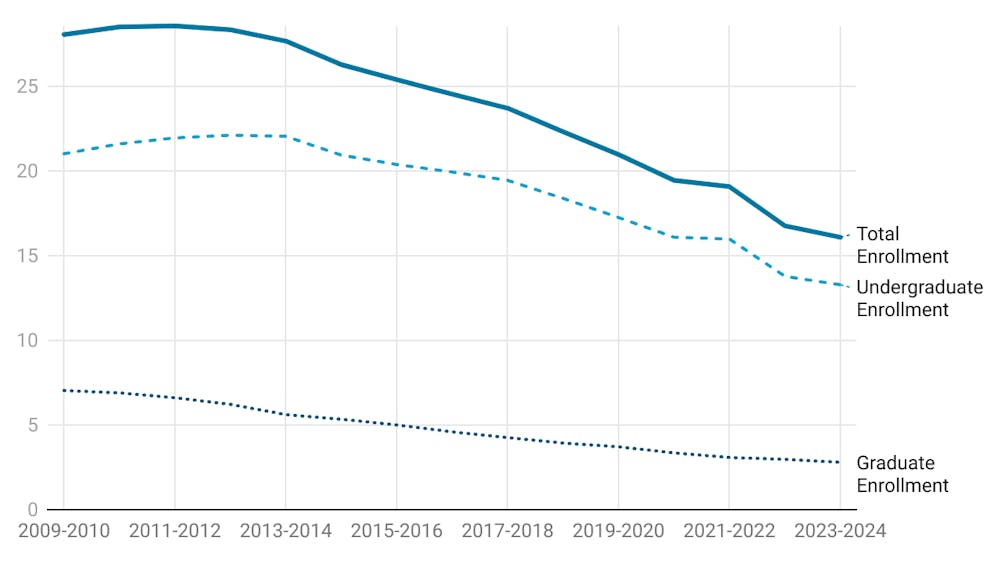On Tuesday, the Lesbian, Gay, Bisexual and Transgender Alliance held an event about sexual identity and orientation on the third floor of the Student Center.
The event, entitled Beyond Binary, was organized by Mary Larkin and Jess Mulcahy of the LGBT Alliance along with professor Kathryn Ziegler, who teaches women’s and gender studies at EMU.
The sexual-identity survey was created by activist Robyn Ochs, who adapted the idea from the work of the famous psychologist Alfred Kinsey. Ochs gave the presentation last year, and this year it was passed into the hands of LGBT and Dr. Ziegler.
Thirty-five students, teachers and faculty stood against a long, curved wall holding white sheets of paper in their hands. Each person was holding someone else’s anonymous survey, on which they were asked to answer various questions about their sexual orientations, attractions and fantasies.
Responses were given in the form of numbers on a scale of zero to six. Zero representing “other-sex attracted” and six representing “same-sex attracted.”
Hanging on the wall behind the students were the numbers zero, one, two, three, four, five and six. Mulcahy asked everyone to stand in front of the number that corresponds to their answer on the first question of the survey.
The first question was, “Where would you put yourself on this scale, taking into account your sexual orientation overall?” Mulcahy then asked everyone to say his or her number aloud, starting at the left of the wall and ending at the right.
The results were surprisingly equal. Everyone had his or her own spot on the spectrum. For the next half hour, everyone in the room moved up and down the wall, according to the answers to various questions on their surveys.
After 30 minutes of shuffling up and down the spectrum, everyone was asked to sit down and discuss what they saw and how certain questions affected people’s sexual identities at certain times.
The idea behind the activity is to display that gender and sexual orientation transcend the binary barriers of male-female and gay-straight. Throughout the exercise, there were a few more people standing at the ends of the spectrum than in the middle, but the middle was still well represented.
“It’s an activity that shows gender is beyond male and female,” Larkin said.
True to its goal, the Beyond Binary presentation made its point clear.
There were a variety of orientations in the room and there were plenty of voices to be heard. Some people identified as straight, some as gay and some were somewhere in the middle.
Some students didn’t know where they belonged. At one point an older student raised his hand and declared he was a male on the outside, but inside he didn’t know exactly how he felt. He told of his experiences cross dressing, and he also expressed the frustration of being in a polyamorous relationship with his fiancé and not being able to be with other people when he went out to clubs because he wore an engagement ring.
A few minutes later, a female student stated she didn’t identify with any gender and that she thought labels were useless. She expressed the frustration of feeling most gay women didn’t want to have a relationship with a bisexual because they felt a same-sex relationship for a bisexual was just an experiment and couldn’t be taken seriously.
“I think it went great,” Mulcahy said at the end of the presentation. “We wanted to show how variant identity can be and how we all have different views, and I think we did that.”
When asked why he came, senior Tim Schneider said he wanted to get insight on how others look at gender identity and to see if those views matched up with his own.
“I know I’m outside the norm,” Schneider said. “But I feel accepted here.”







